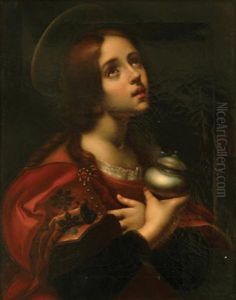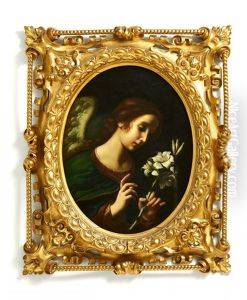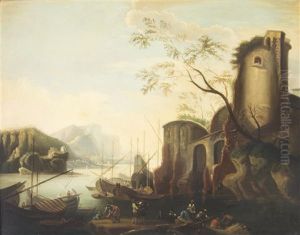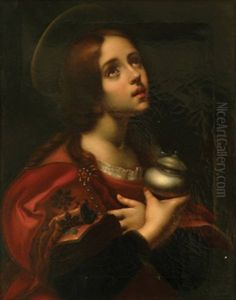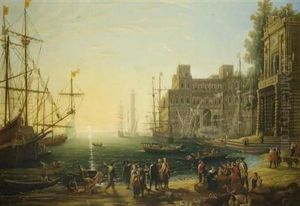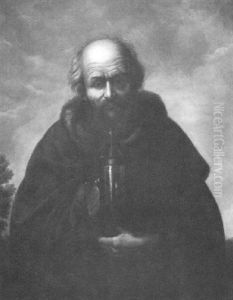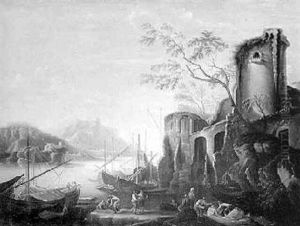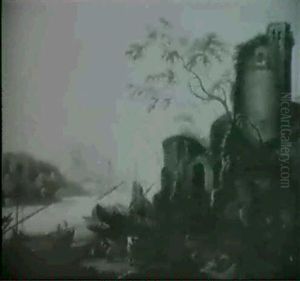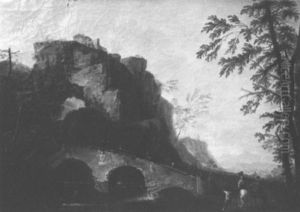Antoine Sebastien Falardeau Paintings
Antoine Sebastien Falardeau, born in 1822 in Plessisville, Quebec, Canada, emerged as a significant figure in the 19th-century art world, navigating through the realms of painting with a distinct flair that was both reflective of and contributory to the artistic movements of his time. His artistic journey began in the fertile cultural landscape of Quebec, but his pursuit of artistic excellence and recognition soon led him abroad, marking the beginning of a career that would see him traverse continents and immerse himself in the rich artistic traditions of Europe.
In his early years, Falardeau showed a remarkable propensity for art, prompting him to seek formal training. This quest for artistic mastery led him to Italy, a country renowned for its rich art history and the birthplace of the Renaissance. It was in Italy that Falardeau honed his skills and absorbed the influences that would profoundly shape his artistic style. He spent significant time in Florence, a city that offered him an unparalleled exposure to the works of the great masters. Falardeau's style evolved during these formative years, as he adeptly incorporated the techniques and aesthetic sensibilities of the Italian masters into his work, becoming particularly noted for his skill in reproducing the works of Renaissance artists.
Falardeau's proficiency in replication was not merely a testament to his technical skill but also reflected a broader 19th-century trend where the replication of masterworks was both a form of homage to the great masters and a means of disseminating art to a wider audience. His reproductions, particularly those of Raphael, were celebrated for their accuracy and beauty, earning him accolades and commissions from both European and North American patrons. This niche carved out a unique space for Falardeau in the art world, allowing him to contribute to the preservation and appreciation of Renaissance art across continents.
Despite facing the challenge of working in a period when originality was increasingly prized and the replication of masterworks could be seen as less creative, Falardeau's work was recognized for its excellence and fidelity to the originals, showcasing his deep respect for the art of the past. His career was a bridge between the old and the new, serving as a conduit through which the art of the Renaissance was both preserved and celebrated in the modern world.
Antoine Sebastien Falardeau passed away in 1899, leaving behind a legacy that was emblematic of the transatlantic cultural exchanges of the 19th century. His life and work exemplify the journey of an artist who, while deeply rooted in the traditions of the past, navigated the changing tides of the art world with resilience and adaptability. Falardeau's contributions to the arts, particularly his masterful reproductions of Renaissance art, continue to be celebrated as a vital link in the chain of art history, connecting the past with the present and future generations of artists and art lovers alike.

